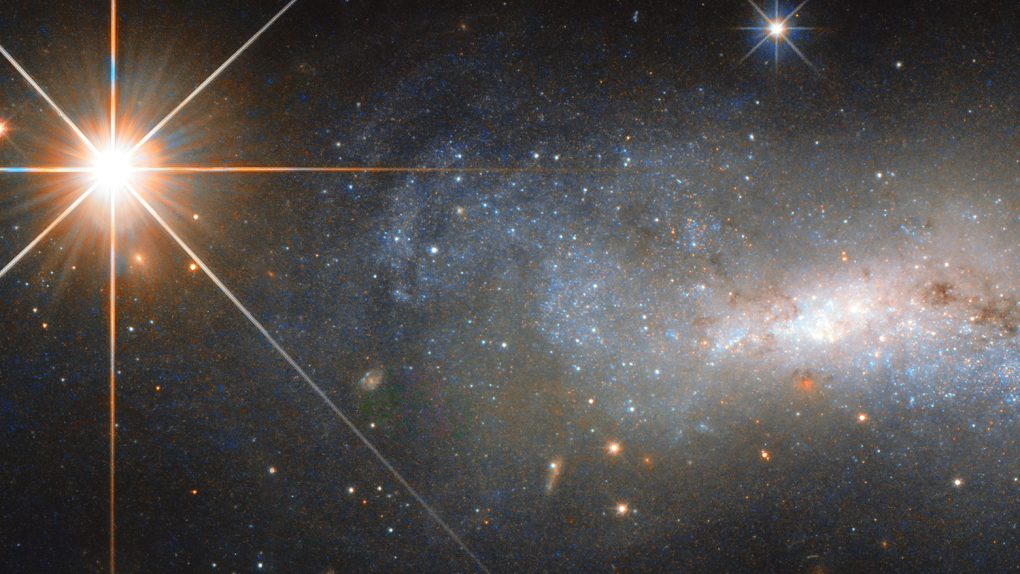Researchers from around the world are scratching their heads over a newly discovered radio burst detected on Earth, but with a completely unknown origin. A new report describing the event and the subsequent investigation is now available online, but the key takeaway is that despite our best efforts and wealth of technology employed to discover the source, humanity has simply come up short. What’s even more bizarre is that this isn’t the first time it’s happened.
Scientists call them “fast radio bursts,” or FRBs for short, and they’ve been confounding researchers for some time now. This newest burst, labeled FRB 150215 is the latest of 22 detected FRBs thus far, but it’s also the most frustrating for those hunting for the source.
FRB 150215 was first detected in Australia by scientists running the Parkes Telescope, but once the radio burst arrived, many other research groups with their own powerful telescopes sprung into action in search of the source. Despite their best efforts, nobody has been able to figure out where the radio burst originated, which is odd for a number of reasons, but the strangest thing about FRB 150215 — and FRBs in general — is that anything powerful enough to produce a radio burst that could be detected on Earth, yet remain completely out of sight, must be absolutely massive in scale.
Some scientists have theorized that the burst are created by supernovas, and that because the light of the event reaches Earth long before the radio waves, the source appears to have vanished. Of course, there are plenty of theories that hinge on the possibility of intelligent alien life attempting to make contact with other civilizations, but if that is indeed the case, we’re going to have one heck of a time trying to find them.








